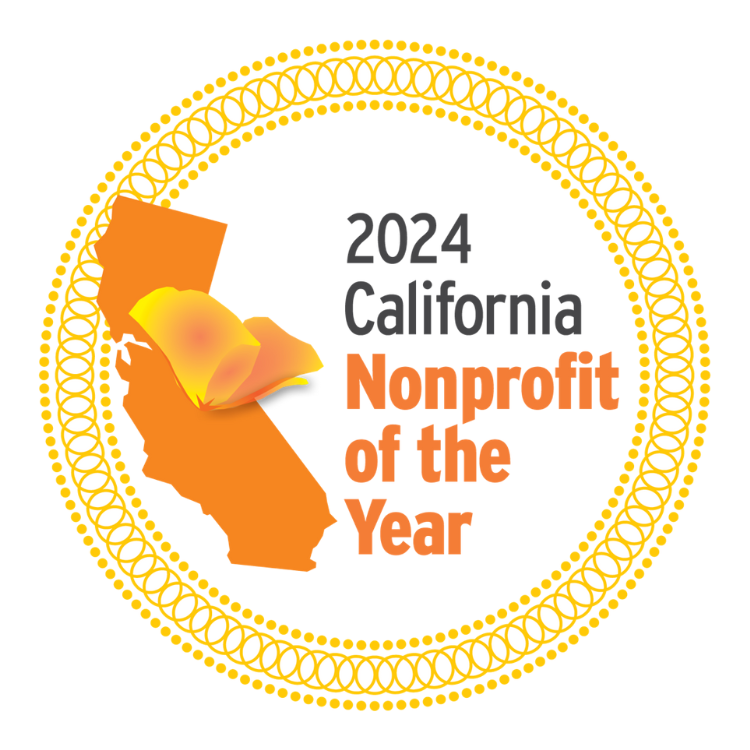Marine Protected Area Watch Supplies a Year’s Data About Human Activity
Orange County Coastkeeper volunteers track substantial decrease in potential MPA violations
ORANGE COUNTY, September 18, 2015 – Until now, Orange County lacked a coordinated effort to track human activity and potential violations throughout its seven Marine Protected Areas (MPAs). With dedicated MPA Watch volunteers, Orange County Coastkeeper collected a year’s data detailing how humans interact with MPAs.
Coastkeeper analyzed the data collected by MPA Watch volunteers for trends in human use. Results show recreational beach activities like swimming and sunbathing as the most popular non-consumptive use of MPAs while fishing from private vessels stands as the most popular consumptive activity. From 2013 to 2014, the largest behavioral change MPA Watch volunteers observed was the notable decrease in potential violations within the MPAs boundaries.
“Whether the change is due to increased public awareness about MPAs, better enforcement or increased warning signs around beaches, seeing that Orange County is taking the health of our ocean seriously is a step in the right direction,” says Ray Hiemstra, associate director of programs for Orange County Coastkeeper.
MPAs, designated to protect entire marine ecosystems rather than individual species, create a safe place for marine populations to grow and thrive. Once an area is designated as an MPA, the law prohibits fishing within its boundaries entirely or limits fishing to very specific sections and species. Active protection of MPAs also contributes to the management of sustainable fisheries by restricting overfishing, a constant threat to our fish populations. To view a full list of Orange County’s Marine Protected Areas, click here.
Knowledge of human activities that occur in or near MPAs is critical to ensure MPAs serve their purpose in protecting wildlife. This research also allows Coastkeeper to assist regulatory and enforcement agencies in proper regulation to minimize the human footprint.
Volunteers drive the success of the MPA Watch program. A better understanding of how individuals use coastal areas is dependent upon the accurate and reliable information the trained MPA Watch team produces. Through classroom and field trainings, volunteers learn about MPA science, local marine resources, MPA locations, allowed uses, identification of common human use activities and existing MPA monitoring efforts.
To learn more about Orange County’s MPAs, visit http://www.coastkeeper.org/mpa. To get involved with the MPA Watch program please visit, http://www.coastkeeper.org/mpa_watch.
###
ORANGE COUNTY COASTKEEPER: Founded in 1999, the mission of Coastkeeper is to protect and promote sustainable water resources that are swimmable, drinkable, and fishable. Coastkeeper is a nonprofit clean water organization that serves as a proactive steward of our fresh- and saltwater ecosystems. We work collaboratively with diverse groups in the public and private sectors to achieve healthy, accessible, and sustainable water resources for the region. We implement innovative, effective programs in education, advocacy, restoration, research, enforcement, and conservation. For more information, visit www.coastkeeper.org or call 714-850-1965.





